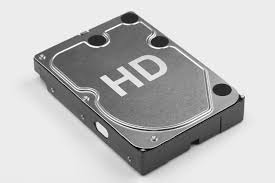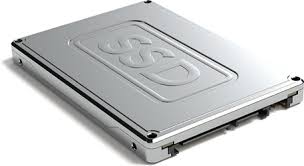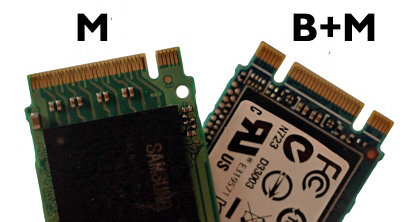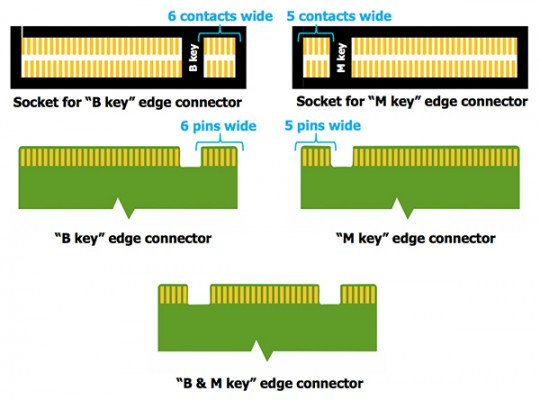
Traditional Hard Disks
Traditional hard disks are a rigid magnetic-sensitive disk mounted on a single spindle. Each disk has one or two read and write heads (for one or both sides), which float above the surface of the disk. The disk spins at a constant rate, and the heads move across the surface to locate information as required.
Each disk is segmented into tracks, which are themselves divided into sectors. The address of a piece of information includes both the track and sector.

Solid State Disks
Solid State disks (SSD) are a data storage device using integrated circuit assemblies as memory to store data persistently. SSD technology uses electronic interfaces compatible with traditional hard disk drives. SSDs have no moving mechanical components, using flash memory instead of magnetic disks. They can be used in place of traditional magnetic hard disk drives or along side traditional drives for more storage or as a faster way to boot the computer.

After storing and removing many pieces of data, the hard disk can get fragmented — information for the same file may be scattered everywhere. On traditional disks, when you call up that file, the heads must move many times back and forth to recall the information. Defragmenting the disk puts these pieces back together and gets your computer running fast again.
Your operating system may offer a feature to consolidate your disk. There are also several programs available that examine and, if necessary, defragment the disk.
If you erased a file by mistake, most operating systems offer an undelete or restore feature to recover some or all of your material. The more work you do on the computer after deleting the program, the lower the probability of full recovery.
The fact that erased files remain on the disk may be a concern for some security applications. If security-sensitive information is erased and the computer or file passes to another person, security may be breached. To prevent this from happening, you can do a low-level format on a hard drive, or reformat an external storage device such as a USB key. Programs for low-level operating system formats are readily available.
M.2 Storage
With computers shrinking in size, a new form factor for solid state storage has started to become popular. The M.2 form factor is an expansion card that fits into a dedicated slot on some motherboards. These cards can run on the PCI Express 3.0 bus (PCIe), the Serial ATA 3.0 bus (SATA) or the Universal Serial Bus 3.0 (USB) depending on the motherboard configuration. M.2 slots can also be used for other purposes such as Wi-Fi cards, Bluetooth cards, satellite navigation modules, near field communication modules (NFC), wireless WAN (WWAN) modules and Wireless Gigabit Alliance modules (WiGig) but can be limited by the motherboard configuration. M.2 modules come in different lengths since there are chips on only one side of the card. The dimensions of the M.2 modules are evident in their names. The first two digits of the M.2 size indicates the width and the remaining digits indicate the length. For example, an M.2 2280 card is 22mm wide and 80mm in length. The most commonly supported form factors are 2242 and 2280 but there are also some cards that are 2230, 2260 and 22110. M.2 cards are also keyed differently which can be used by manufacturers to provide more lanes of bandwidth. The slot on the motherboard determines which keying is required. Currently, the keying is labelled B, M or B+M.


